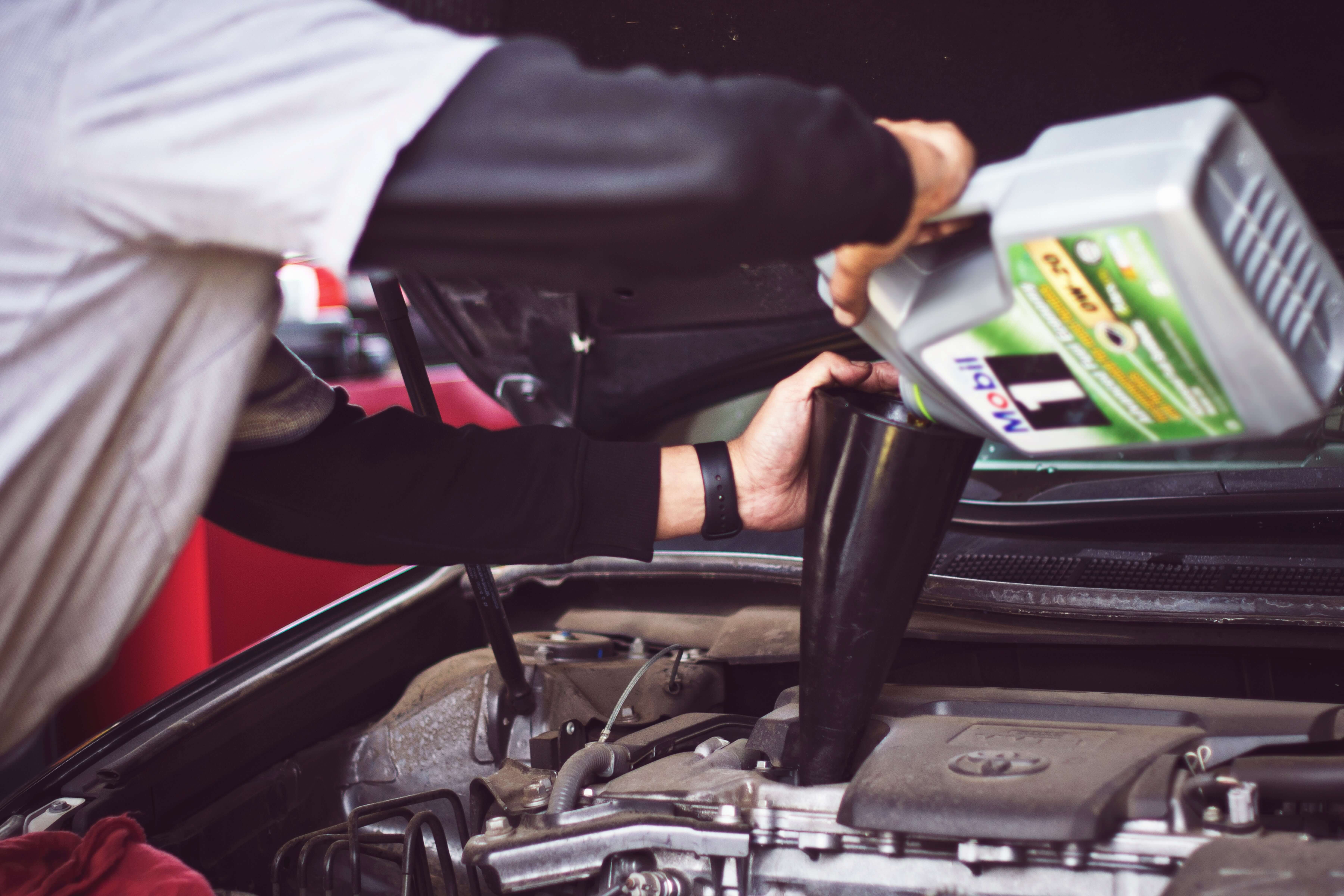Is Your Accountant Silent? The Hidden Cost of Poor Communication
You’ve got cars in the bays, a solid team of techs, and steady work coming in. So why does it feel like you’re still guessing when it comes to your...
3 min read
 Eric Joern
| March 31, 2025
Eric Joern
| March 31, 2025

Ever looked at your profit and loss statement, saw a decent number at the bottom, and thought:
“Cool… so where the heck is the money?”
You’re not crazy—and you’re definitely not alone.
That’s the disconnect between profit and cash flow. And if you don’t know where the gap is coming from, it can be tough to plan, invest, or even just pay the bills without feeling the pinch.
Let’s walk through why this happens—and what to look at if your numbers aren’t adding up the way you expect.
Your P&L might say you made $100K last year. Awesome. But your bank account balance shows $12K, and now you’re wondering where the rest of it went.
Here’s the thing:
Profit is what you earned—on paper. Cash flow is what actually moved in and out of your shop.
Most shops use accrual accounting, which means you count income when work is billed—not when it’s actually paid. You count expenses when they’re incurred, not necessarily when cash leaves the account. So even if your shop looks profitable on paper, your cash flow might tell a very different story.
Let’s say your P&L shows you made a solid profit. But your bank account disagrees. Here’s where that money might be hiding:
You did the work, sent the invoice—but the customer hasn’t paid. That invoice shows up as profit, but until that money hits your account, it’s just a number on paper. If your A/R keeps growing, so does the gap between your profit and your available cash.
You stocked up on parts—smart for the workflow, rough on cash. That money doesn’t show up as an expense until those parts are actually used. Until then, it's sitting on your balance sheet as inventory while your cash is tied up on the shelf.
Interest shows up as an expense on your P&L. Principal doesn’t. But the full payment leaves your account either way. You can look profitable and still be bleeding cash toward debt.
Taking money out for personal use or taxes? That’s cash gone—even if your profit still looks strong. Profit doesn’t pay the bills—cash does.
That new lift or scan tool? Great move. But it’s recorded as a fixed asset, not an expense—so your profit doesn’t drop, but your cash sure does.
Relying on your P&L alone is like diagnosing a misfire without pulling codes. Your P&L might show a profit, but if cash is tight, there’s more to the story.
To really see what’s going on, you need the full picture:
Your profit
Your balance sheet
And how the cash is actually moving—AKA cash flow
Start by pulling your balance sheets from the beginning and end of the year and comparing them side by side. Here’s what to check:
Did your cash go up or down?
Is A/R higher than before?
Did you buy more inventory than you used?
Did you pay down any debt—or borrow more?
Did you take more money out of the business?
Even a quick review can explain a lot.
For example, if your accounts receivable went from $20K to $35K, that’s $15K in profit you’ve earned but haven’t collected—and it explains why cash is tight.
Here’s one I see a lot:
You want to lower your tax bill, so you buy equipment at the end of the year. Maybe you finance it. Take the deduction now, deal with the payments later.
Sounds good in theory—until those loan payments start hitting next year, and you don’t have that big deduction to offset your income. Now your tax bill jumps, and your cash flow feels even tighter.
Short-term win, long-term headache. Think beyond the tax bill.
Profit First works because it keeps you focused on real cash. Not what’s on paper. You move money based on what’s actually in the bank—not what you think should be there.
It’s especially helpful for shops that deal with slow seasons, weeks where the bays aren’t full, or cash that doesn’t show up when you expect it. Separating out money for parts, payroll, taxes—whatever makes sense for your shop—gives you a clearer picture of what’s safe to spend and what’s already spoken for.
You don’t have to follow Profit First by the book. But being intentional with your cash gives you more control—and a lot less stress at the end of the month.
Before you dive into a full financial review, take a look at your balance sheet—beginning of the year vs. end. See what changed: cash, A/R, inventory, debt, draws. That simple comparison can show you where your profit really went.
And once you know where to look, you can start getting more intentional—tightening up A/R, organizing your expenses, and making smarter calls with a better grip on what’s actually moving the cash.
Even when the shop’s busy and the numbers look good, cash can still feel tight.
When you know what’s draining it, you can make better decisions—day to day and long term.
If profit looks good but cash is tight, there’s a reason—and it’s fixable.
Book a no-nonsense call—we’ll talk about your goals, what’s holding you back, and whether we’re the right next step for your shop.

You’ve got cars in the bays, a solid team of techs, and steady work coming in. So why does it feel like you’re still guessing when it comes to your...

Simple accounting mistakes can impact your auto shop more than you realize. Rather than having additional funds at the ready to allocate towards...

In the past, auto shop owners had to create their own payroll and accounting processes from scratch. Without an established framework for handling...